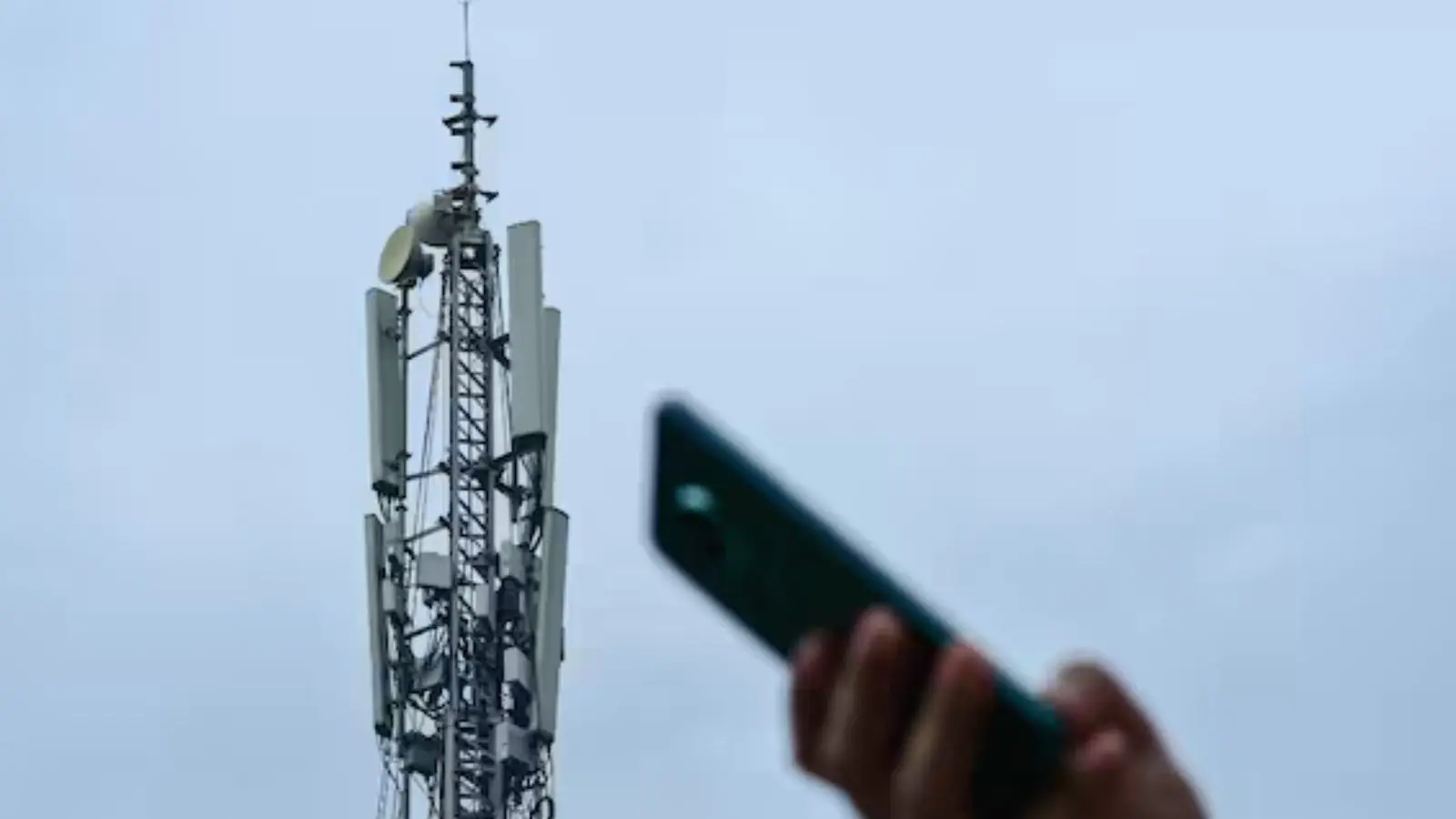By News18,S Aadeetya
Copyright news18

The 5G era has kicked in quite fast allowing millions of devices to support the network and in countries like India, the adoption has been faster than most imagined. Now, it is time to look at the next-gen network technology called 6G that will be rolling out in the next few years and for the first time we have strong indications of when the devices supporting 6G networks will be available in the market.
Qualcomm CEO Cristiano Amon has shared a rough timeline for 6G devices to make its way in the next few years itself.
6G Phones Will Be Launching In…
Amon claims Qualcomm plans to have 6G devices out in the market by as early as 2028 which is almost two years away from now. These are not expected to be the market-ready smartphones but probably will allow telcos to test bed their 6G networks on them.
The advancement with telecom networks has been rapid since 4G was introduced and even countries like India have started their development for 6G networks to run on a host of devices. You could say that 2028 is not exactly that close but with 2026 just a few months away, the plans would have already shown the intent for companies to adhere to these timelines.
When Will You Get 6G Smartphones
While Amon has set the cat among pigeons with his 6G launch timeline comment this week, the actual 6G network launch could take another few years. Most countries seem to have planned for a full roll out in 2030 and that is when the commercial 6G smartphones from brands like Apple, OnePlus and Samsung could be available on shelves.
6G Launch: What Will Be Different From 5G?
The Indian government has claimed the 5G network launch has been successful in the country. And it is already gearing up for the big 6G launch in the next few years. Compared to 5G, the new 6G network is expected to be 100 times faster with data speeds that makes it extremely crucial for the growing AI ecosystem.
This also means the internet speeds on 6G phones on the network could make 3D-powered gaming and other tasks very popular.
The ability to handle large packets of data without straining the network will be crucial for its success, and the early adopters will show us the way forward.



